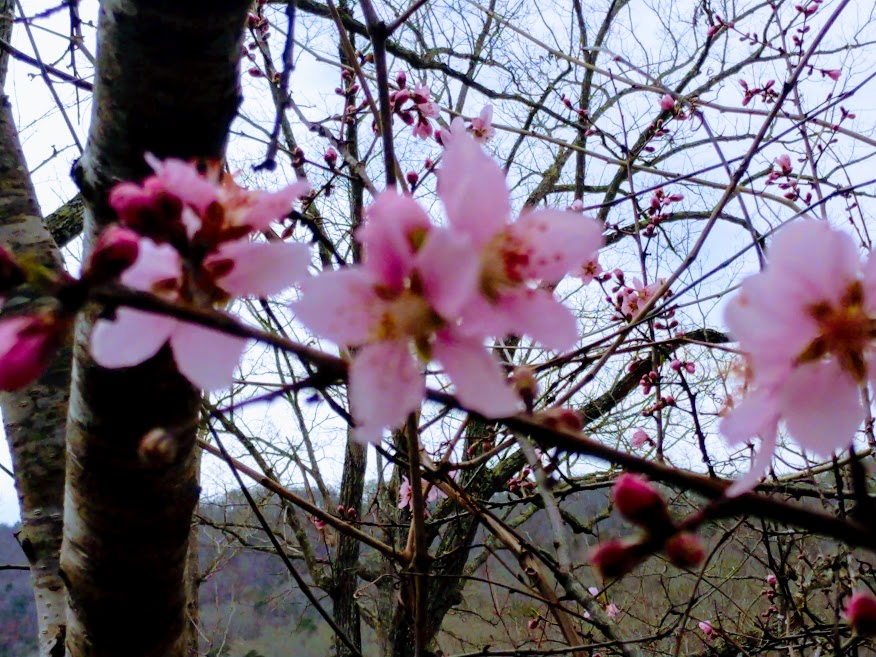Peaches and Carp- Southern Invaders

What do carp, Kudzu, and peach trees all have in common? They are all invasive species that have crowded out native species in America’s southeast creating economic and ecological impacts.
Beginning with the early pioneers and explorers, well-meaning people have introduced invasives that have slowly changed ecological habitats of the Tennessee River watershed’s plants, animals, and vertebra. It was Spanish Explorer, Hernando Desoto who introduced peaches, one of the first non-native trees to the South which quickly naturalized. While peaches have not created an ecological crisis, other noxious plants introduced for landscaping and erosion have had deleterious impacts.
Notorious for overwhelming native habitats, Kudzu and privet are two noxious plants that have crowded out native plants across the Tennessee River Valley. The choking effect of the spread of these plants not only impacts the visual landscape but that of the habitats of birds and animals. The rapid growth of kudzu can quickly kill trees and shrubs due to the heavy shading that occurs as the plant wraps around larger plants. Introduced by state and federal agencies to stop top soil erosion, the inadvertent net effect was naturalizing a plant that spreads rapidly, kills native plants, and is almost impossible to eradicate. Similarly, privet out competes native plants for nutrients. Introduced as an ornamental landscaping shrub, privet invaded forest riparian space, shading forest floors and crowding out propagation of native species. The net result was a less diverse landscape of trees and shrubs that are critical habitat for birds and small animals.
Equally notorious are the bad guys of the waterways, zebra mussels and Asian carp. Their voracious feeding is disrupting fisheries on the Ohio, Mississippi and most recently, the Tennessee River. With few natural predators, the populations of both have crowded negatively impacting sport and commercial fishing.
To help prevent the spread of invasives in the Tennessee River Valley:
- Boats: Drain your motor, live well, and bilge on land before leaving the area. Power wash your boat and allow to dry before launching in another body of water.
- Fish using native baits
- Don’t carry in firewood from other locations.
- Camping gear: Sweep tents of debris. Clean your tarps and other equipment of dirt and leaves.
- Talk to local nurseries before selecting landscape plants.
- Report observation of invasives.
- Participate in an event to help remove invasives.

Recent Comments